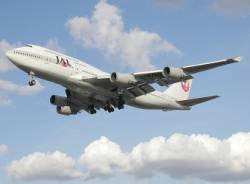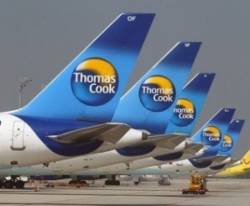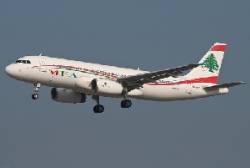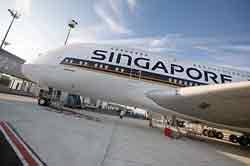Dubai airport visualize traffic growth
Dubai Airports announced its January traffic results for Dubai International today reporting a 10 per cent increase in year-on-year passenger numbers and a 3.9 per cent rise in international freight volumes.January passenger numbers topped 4.25 million, an increase of 10 per cent compared to 3.87 million recorded during the same month in 2010 as the airport crossed the four million passenger mark for the fifth time in seven months.
Aircraft movements for the month totalled 27, 385 up 7.3 per cent from 25,522 recorded during the same period last year. The largest increases in total passenger numbers in January were recorded on routes to and from GCC (+96,462 passengers), the Indian subcontinent (+60,757 passengers), Western Europe (+56,879) and Asia (+34,018 passengers).
In terms of percentage growth, Eastern Europe again topped the list of strong growing regions up 230 per cent year-on-year, albeit from a low base. Traffic volumes to/from North America rose 24.9 per cent in January primarily due to the increase of Emirates airline frequencies to Houston and Los Angeles from one to two flights daily each.
Russia and CIS passenger traffic was up 23.3 per cent thanks largely to flydubai’s ongoing expansion into that region, which spurred traffic growth to Yerevan, Yekaterinburg and Samara. Dubai International handled 178,199 tonnes of international air freight in January, up 3.9 per cent from the 171,453 tonnes recorded during the same period in 2010.

January’s cargo figures reflect the anticipated moderation in air cargo growth compared to robust double-digit increases recorded by the industry last year following the dramatic global air freight traffic declines caused by the economic crisis in 2009. “We have enjoyed an auspicious start to 2011,” said Paul Griffiths, CEO of Dubai Airports.
“Passenger traffic growth is continuing at an impressive rate. January’s numbers are in line with our projections for an 11 per cent increase during 2011 to a total of 52.2 million passengers.
In fact the latest rankings from Airports Council International show that Dubai International is now the fourth business airport in the world for international passenger traffic.
Service levels are also on the rise as Dubai International recently claimed the Best Airport and Best Improvement awards for the Middle East at ACI’s Airport Service Quality Awards for 2010. Our goal is to continue to match industry leading growth with top flight service.





